On October 5, 1877, Nez Perce leader Chief Joseph formally surrendered his forces to General Nelson A. Miles and General Oliver Otis Howard at Bear Paw Mountain, Montana Territory. This effectively ended the Nez Perce War of 1877.
Previous to the 1877 war, the Army had experienced a history of nonviolent contact with the Nez Perce. In 1804 the Nez Perce resupplied and aided the Army expedition of Captains Meriwether Lewis and William Clark. This aid probably saved the expedition from certain failure. In the 1830s the Nez Perce also aided in the expedition of Captain Benjamin Bonneville, who took a leave of absence from the Army to proceed with his western expedition.
The hostilities that had been developing during the 1870s between settlers and the Nez Perce turned into violent conflict during mid-June, 1877. The first engagement between the Army and the Nez Perce warriors was at White Bird Canyon, Idaho Territory, on June 17. For the Nez Perce it was a major victory. At White Bird Canyon they proved to be an effective fighting force.
Throughout the summer and early fall of 1877, the fighting skill of the Nez Perce warriors and the military tactics of Nez Perce military leaders, such as Chief Looking Glass and Chief White Bird, enabled the Nez Perce to evade almost certain defeat by superior U.S. Army forces. Nez Perce strength during the 1877 war was estimated to be a few hundred warriors. They had no formal military training and travelled with many noncombatants. The Army, however, would use several thousand soldiers during the 1877 Nez Perce campaign. These were commanded by veterans of the Civil War with years of military training and experience..
The Nez Perce and the Army would engage several times as the Nez Perce traveled from their homeland in the Wallowa Valley through the Montana and Idaho Territories towards their goal of Canada. By October, 1877, however, approaching winter weather, lack of supplies, and the effects of travelling more than 1,500 miles over rough western territory had began to take its toll.
The last engagement between the Nez Perce and the Army was fought at Bear Paw Mountain, Montana Territory. This battle took place between September 30 and October 5, 1877. It was after Bear Paw Mountain, when continuing to fight seemed futile, that Chief Joseph surrendered his remaining forces to Miles and Howard.
In his surrender speech, Chief Joseph concluded with: Aca,!A"Hearme, my chiefs! I am tired. My heart is sick and sad. From where the sun now stands I will fight no more forever.Aca,!A?
Captains Edward S. Godfrey and Myles Moylan would be awarded the Medal of Honor for their actions against the Nez Perce at Bear Paw Mountain.
The Nez Perce were promised by General Miles a safe return to the Wallowa Valley. General Miles was overruled, and the Nez Perce were instead sent to Kansas and Oklahoma, where the survivors of 1877 endured many more years of hardship. It was not until the mid 1880s that the Nez Perce were allowed to return to their homelands. Joseph and the other remaining tribal leaders spent their remaining years on the Colville Indian Reservation. The Nez Perce war would not be the last conflict where the decisions and promises of battlefield commanders would be influenced by higher political forces and a physically distant command structure.
ABOUT THIS STORY: Many of the sources presented in this article are among 400,000 books, 1.7 million photos and 12.5 million manuscripts available for study through the U.S. Army Military History Institute (MHI). The artifacts shown are among nearly 50,000 items of the Army Heritage Museum (AHM) collections. MHI and AHM are part of the: Army Heritage and Education Center, 950 Soldiers Drive, Carlisle, PA, 17013-5021.
Related Links:
A Working Bibliography of MHI Sources: Far West Indian Wars--Nez Perce Campaign
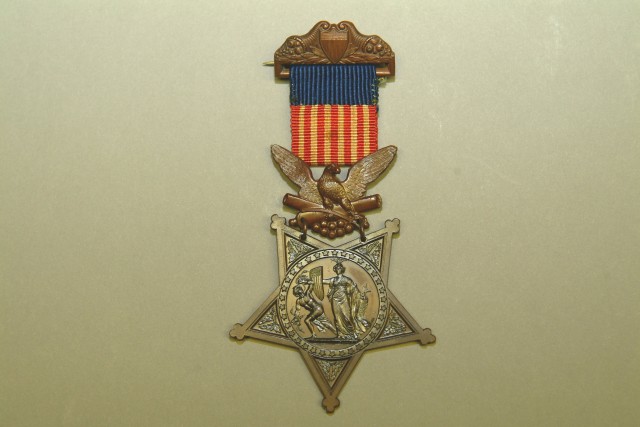
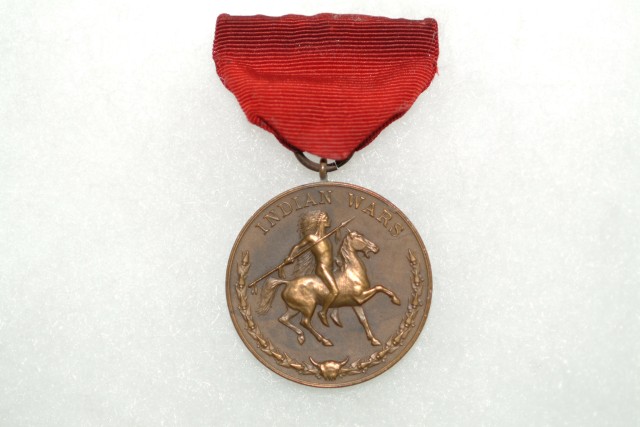
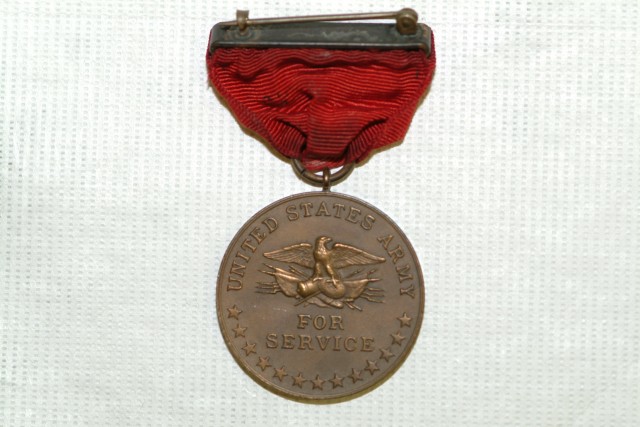
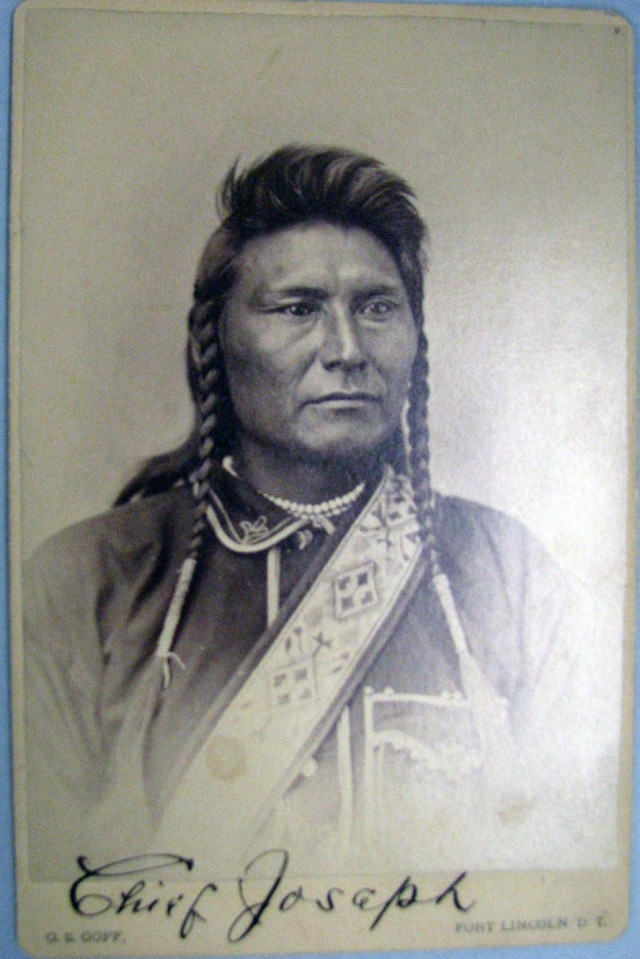
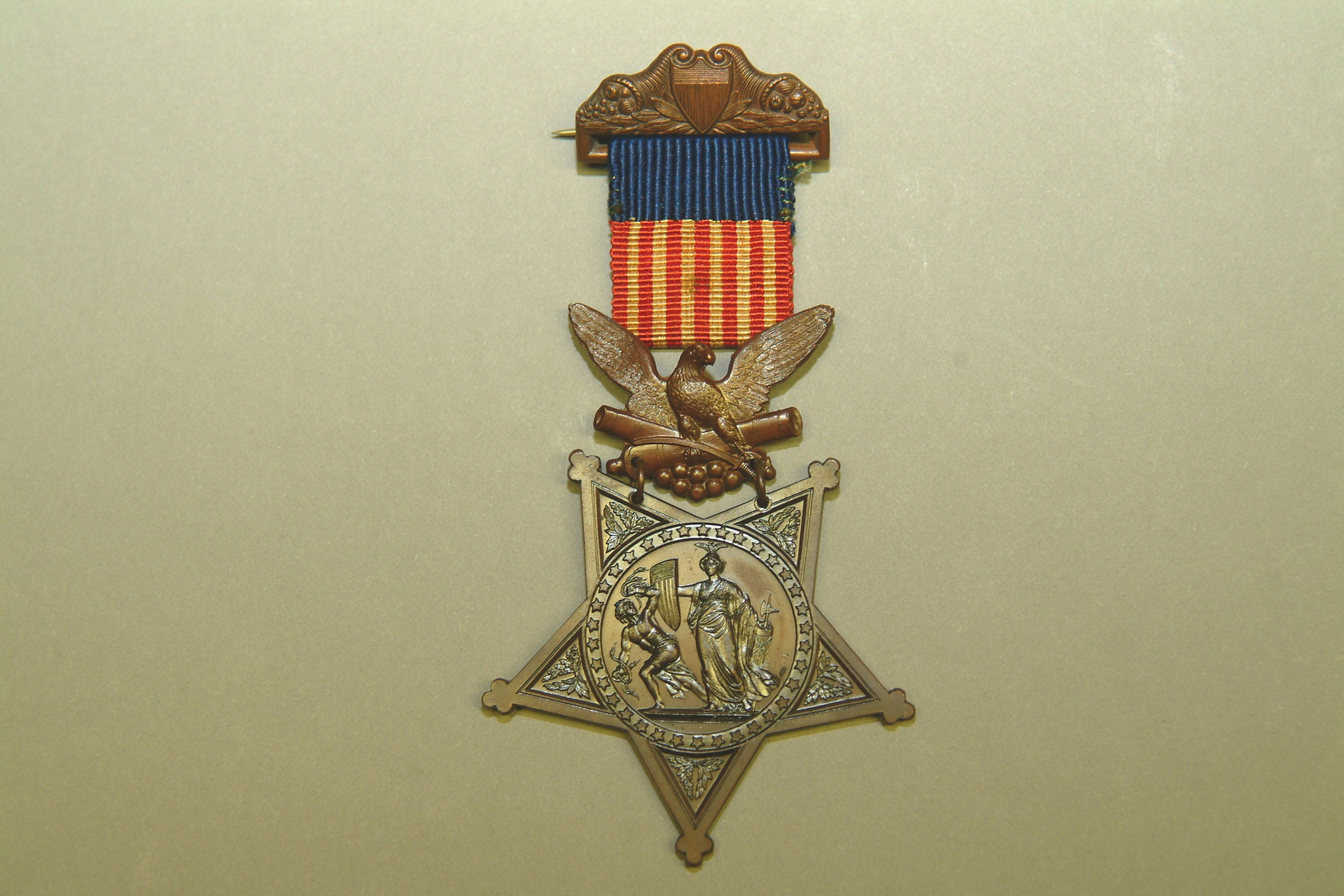
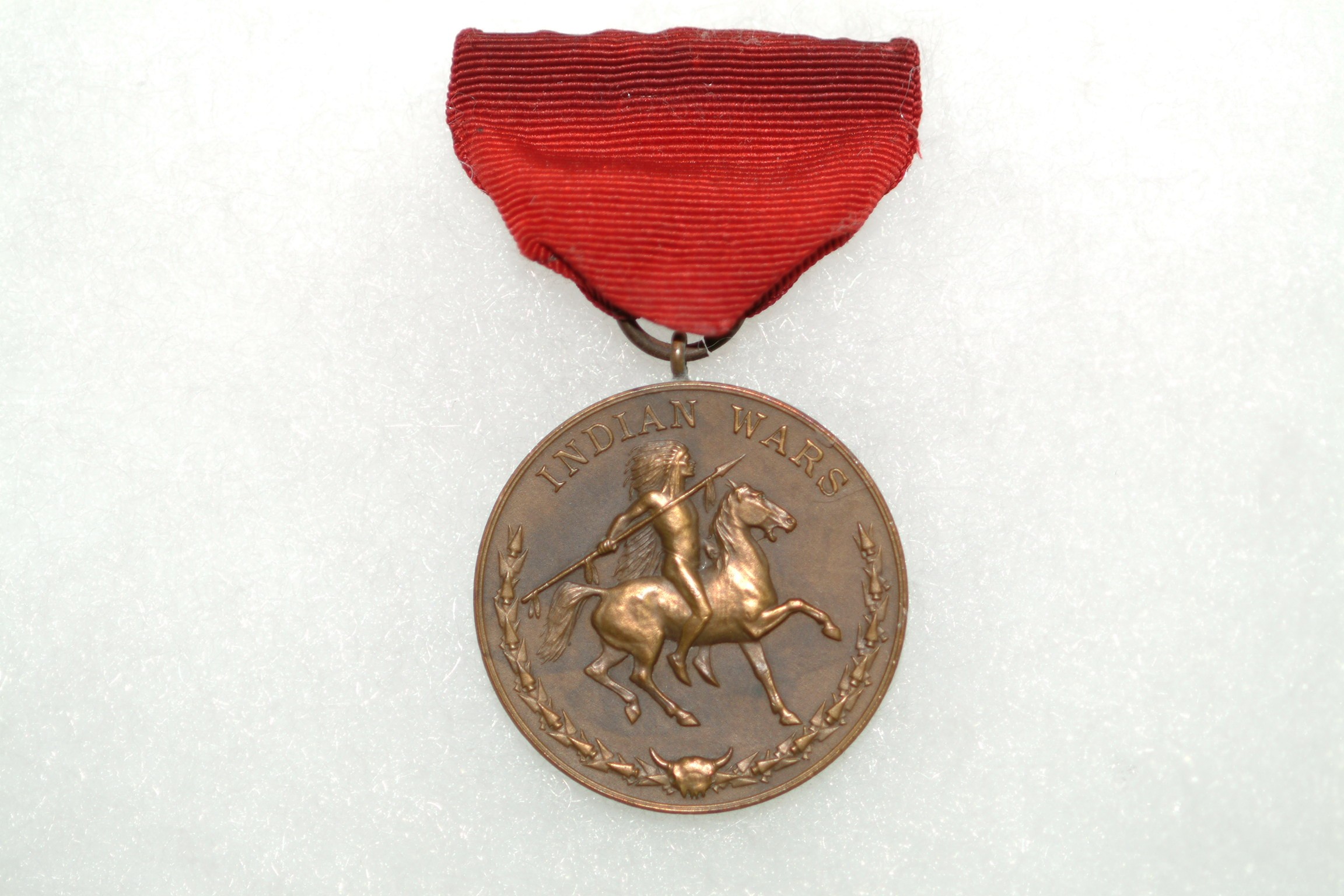
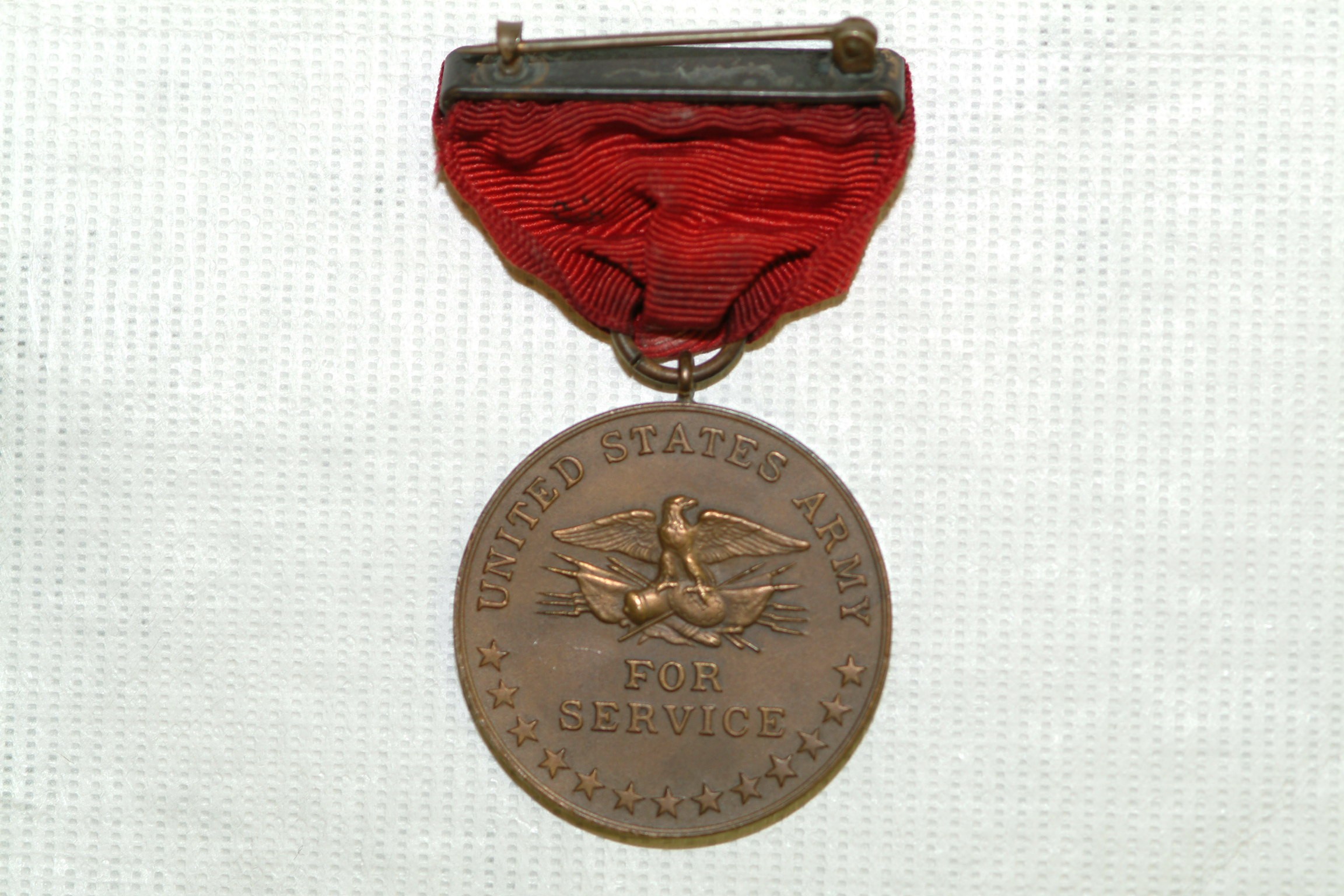
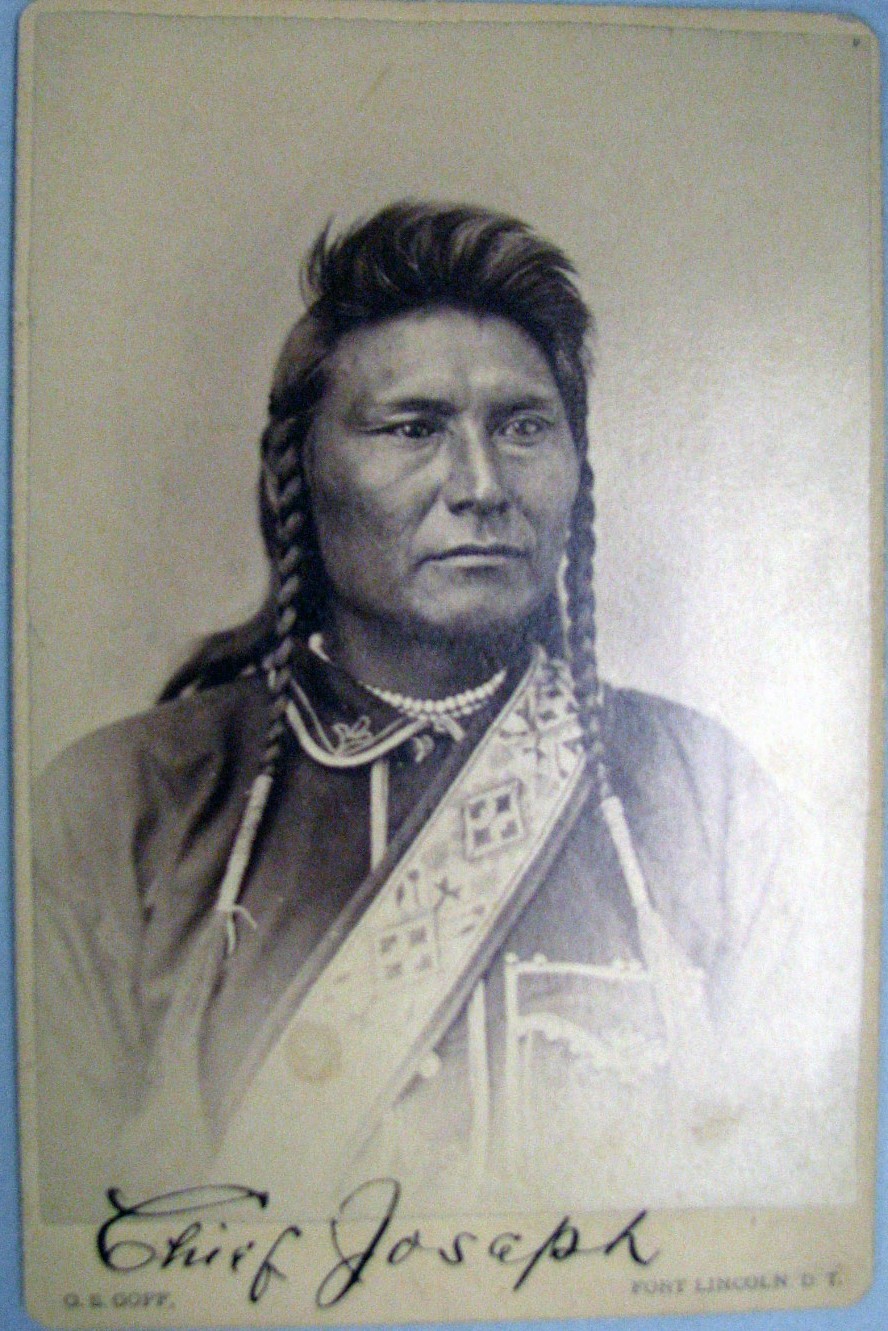
Social Sharing